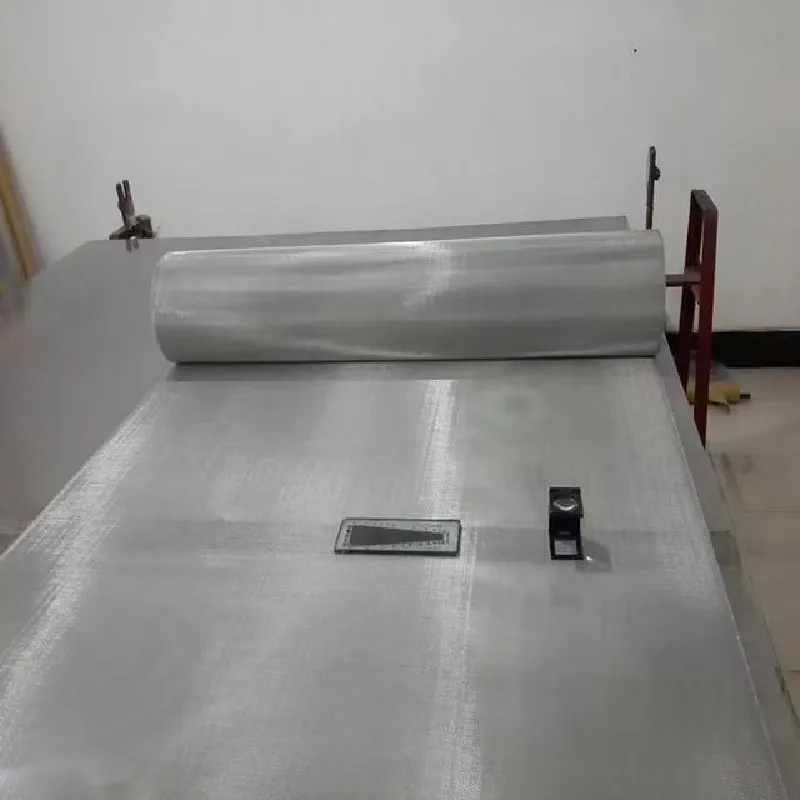-
 Afrikaans
Afrikaans -
 Albanian
Albanian -
 Amharic
Amharic -
 Arabic
Arabic -
 Armenian
Armenian -
 Azerbaijani
Azerbaijani -
 Basque
Basque -
 Belarusian
Belarusian -
 Bengali
Bengali -
 Bosnian
Bosnian -
 Bulgarian
Bulgarian -
 Catalan
Catalan -
 Cebuano
Cebuano -
 China
China -
 Corsican
Corsican -
 Croatian
Croatian -
 Czech
Czech -
 Danish
Danish -
 Dutch
Dutch -
 English
English -
 Esperanto
Esperanto -
 Estonian
Estonian -
 Finnish
Finnish -
 French
French -
 Frisian
Frisian -
 Galician
Galician -
 Georgian
Georgian -
 German
German -
 Greek
Greek -
 Gujarati
Gujarati -
 Haitian Creole
Haitian Creole -
 hausa
hausa -
 hawaiian
hawaiian -
 Hebrew
Hebrew -
 Hindi
Hindi -
 Miao
Miao -
 Hungarian
Hungarian -
 Icelandic
Icelandic -
 igbo
igbo -
 Indonesian
Indonesian -
 irish
irish -
 Italian
Italian -
 Japanese
Japanese -
 Javanese
Javanese -
 Kannada
Kannada -
 kazakh
kazakh -
 Khmer
Khmer -
 Rwandese
Rwandese -
 Korean
Korean -
 Kurdish
Kurdish -
 Kyrgyz
Kyrgyz -
 Lao
Lao -
 Latin
Latin -
 Latvian
Latvian -
 Lithuanian
Lithuanian -
 Luxembourgish
Luxembourgish -
 Macedonian
Macedonian -
 Malgashi
Malgashi -
 Malay
Malay -
 Malayalam
Malayalam -
 Maltese
Maltese -
 Maori
Maori -
 Marathi
Marathi -
 Mongolian
Mongolian -
 Myanmar
Myanmar -
 Nepali
Nepali -
 Norwegian
Norwegian -
 Norwegian
Norwegian -
 Occitan
Occitan -
 Pashto
Pashto -
 Persian
Persian -
 Polish
Polish -
 Portuguese
Portuguese -
 Punjabi
Punjabi -
 Romanian
Romanian -
 Russian
Russian -
 Samoan
Samoan -
 Scottish Gaelic
Scottish Gaelic -
 Serbian
Serbian -
 Sesotho
Sesotho -
 Shona
Shona -
 Sindhi
Sindhi -
 Sinhala
Sinhala -
 Slovak
Slovak -
 Slovenian
Slovenian -
 Somali
Somali -
 Spanish
Spanish -
 Sundanese
Sundanese -
 Swahili
Swahili -
 Swedish
Swedish -
 Tagalog
Tagalog -
 Tajik
Tajik -
 Tamil
Tamil -
 Tatar
Tatar -
 Telugu
Telugu -
 Thai
Thai -
 Turkish
Turkish -
 Turkmen
Turkmen -
 Ukrainian
Ukrainian -
 Urdu
Urdu -
 Uighur
Uighur -
 Uzbek
Uzbek -
 Vietnamese
Vietnamese -
 Welsh
Welsh -
 Bantu
Bantu -
 Yiddish
Yiddish -
 Yoruba
Yoruba -
 Zulu
Zulu
Net Returns from Sustainable Farming Practices for Enhanced Profitability
Net for Farming A Modern Approach to Agricultural Efficiency
In recent years, the agricultural industry has witnessed a significant transformation driven by technological advancements. Among these innovations, the implementation of net technology in farming has emerged as a crucial strategy for enhancing productivity, sustainability, and efficiency. This article explores the benefits and applications of net technology in farming, shedding light on its pivotal role in modern agriculture.
Net technology in farming encompasses various types of nets, including insect nets, shade nets, and anti-bird nets, each serving a specific purpose. One of the primary advantages of using nets in agriculture is pest control. Insect nets, for instance, create a physical barrier that prevents harmful pests from accessing crops. This organic method of pest management reduces the need for chemical pesticides, promoting a healthier ecosystem and resulting in safer produce for consumers. By protecting crops from insects, farmers can significantly increase yield and reduce post-harvest losses.
Furthermore, shade nets are gaining popularity, particularly in regions with intense sunlight. These nets help regulate temperature and provide necessary shade for sensitive crops, which can ultimately enhance growth and productivity. They aid in reducing heat stress in plants, leading to improved photosynthesis and potentially higher crop quality. Additionally, shade nets can protect young seedlings during crucial growth phases, ensuring a robust and healthy crop.
Bird damage is another significant challenge faced by farmers, particularly in fruit orchards and grain fields. Anti-bird nets serve as an effective deterrent against birds that might otherwise feast on ripe crops. By employing these nets, farmers can protect their harvests, reduce economic losses, and maintain the quality of their produce. The use of anti-bird nets has been shown to drastically reduce the need for other, more aggressive deterrent methods, which can be costly and labor-intensive.
net for farming

The benefits of net technology extend beyond immediate crop protection. These solutions contribute to sustainability efforts in agriculture. By minimizing the use of chemical treatments and increasing crop yields, net systems support environmentally friendly farming practices. As the global population continues to grow, there is an increasing demand for sustainable agricultural methods that can produce food efficiently without compromising the environment.
Moreover, advancements in net materials and technologies have made them more durable and effective. Modern nets are designed to withstand harsh weather conditions, ensuring long-term usability. These innovations contribute to the overall resilience of farming operations, helping farmers adapt to climate change and unexpected weather patterns.
Another significant aspect of net for farming is its potential in integration with smart farming technology
. By combining net systems with sensors and data analytics, farmers can monitor crop health and environmental conditions in real time, allowing for informed decision-making. This integration enables precision agriculture, where farmers can tailor their practices to the specific needs of their crops, leading to optimized resource usage and enhanced productivity.In conclusion, net for farming represents a vital innovation in modern agriculture, offering multiple advantages from pest prevention to enhanced crop growth and sustainability. As more farmers recognize the potential of net technology, it is likely to become a standard practice in agricultural operations worldwide. By harnessing the power of net systems, the agricultural sector can greatly improve its efficiency, resilience, and sustainability, ultimately ensuring food security for future generations.
-
Why Nylon Mesh Netting is Revolutionizing Industrial and Commercial ApplicationsNewsJun.13,2025
-
Reinventing Reliability with Construction Wire MeshNewsJun.13,2025
-
Protect Your Crops with High-Performance Agricultural Netting SolutionsNewsJun.13,2025
-
Premium Breeding Net Solutions for Modern AquariumsNewsJun.13,2025
-
Precision Filtration Solutions for Industrial and Commercial NeedsNewsJun.13,2025
-
Advanced Industrial Mesh Solutions for Every ApplicationNewsJun.13,2025











